In today’s competitive business landscape, the alignment between sales and marketing teams has become more critical than ever. Historically, these two departments have operated in silos, creating inefficiencies, missed opportunities, and potential revenue loss. Successful organizations recognize that breaking down these barriers and creating a collaborative environment is essential for driving growth, improving customer experiences, and maximizing organizational performance. Sales and marketing alignment goes beyond simple communication; it requires a strategic approach that integrates goals, processes, technology, and shared metrics to create a unified revenue generation engine.
Understanding the Importance of Sales and Marketing Alignment
Sales and marketing alignment, often referred to as ‘smarketing’, represents a holistic approach to business growth that bridges traditional departmental gaps. Research consistently demonstrates the significant impact of alignment on business performance. According to a study by Marketo, organizations with aligned sales and marketing teams experience 36% higher customer retention rates and 38% higher sales win rates. These compelling statistics highlight the tangible benefits of creating a cohesive strategy that enables both teams to work towards common objectives.
The fundamental challenge lies in overcoming long-standing cultural and operational differences. Marketing teams typically focus on generating leads and building brand awareness, while sales teams are primarily concerned with closing deals and meeting revenue targets. By establishing shared goals, implementing integrated technologies, and fostering a culture of mutual respect and collaboration, organizations can transform these potential points of friction into powerful synergies.
Developing a Unified Strategy and Shared Goals
Creating a successful alignment strategy requires a comprehensive approach that addresses multiple dimensions of organizational collaboration. Leadership must play a pivotal role in establishing clear, measurable objectives that both sales and marketing teams can rally around. This involves developing shared key performance indicators (KPIs) that incentivize collaboration rather than competition. For instance, implementing a common goal of revenue generation instead of separate lead generation and sales closure metrics can help teams work more cohesively.
Critical components of a unified strategy include establishing a clear lead qualification process, defining ideal customer profiles, and creating consistent messaging across all customer touchpoints. Regular cross-functional meetings, joint planning sessions, and transparent communication channels are essential for maintaining alignment and addressing potential disconnects quickly and effectively.
Leveraging Technology for Enhanced Collaboration
Modern technological solutions play a crucial role in facilitating sales and marketing alignment. Customer relationship management (CRM) systems, marketing automation platforms, and advanced analytics tools provide the infrastructure needed to track, measure, and optimize collaborative efforts. Integrated platforms that offer real-time data sharing, lead scoring, and performance tracking enable teams to work more efficiently and make data-driven decisions.
Implementing a robust technology stack that allows seamless information exchange can dramatically improve lead quality, reduce response times, and provide a more comprehensive view of the customer journey. Advanced solutions now offer AI-powered insights that can help predict customer behavior, optimize lead routing, and provide personalized engagement strategies that benefit both sales and marketing efforts.
Developing Effective Communication Protocols
Establishing clear communication protocols is fundamental to successful sales and marketing alignment. This involves creating standardized processes for lead handoff, feedback mechanisms, and continuous improvement strategies. Regular joint meetings, shared dashboards, and transparent reporting can help build trust and ensure that both teams understand each other’s challenges and objectives.
Implementing a service level agreement (SLA) that outlines expectations, response times, and mutual responsibilities can provide a structured framework for collaboration. These agreements should be dynamic and regularly reviewed to ensure they continue to meet the evolving needs of the organization and reflect changing market conditions.
Continuous Training and Skill Development
Ongoing training and skill development are critical for maintaining sales and marketing alignment. Cross-functional workshops, joint training sessions, and opportunities for team members to gain insights into each other’s roles can help break down silos and foster a more collaborative culture. Organizations should invest in programs that help team members understand the full customer journey, develop empathy for different perspectives, and recognize the interconnected nature of their work.
Professional development initiatives should focus not only on technical skills but also on soft skills like communication, collaboration, and adaptability. By creating a learning environment that values continuous improvement and mutual understanding, organizations can build more resilient and effective revenue generation teams.
In conclusion, sales and marketing alignment represents a strategic imperative for modern organizations seeking to optimize their revenue generation capabilities. By embracing a holistic approach that integrates technology, communication, shared goals, and continuous learning, businesses can create a powerful synergy that drives growth, improves customer experiences, and maintains a competitive edge in an increasingly complex marketplace. Success requires commitment from leadership, a willingness to challenge traditional departmental boundaries, and a focus on creating value for customers through seamless, integrated experiences.



 by
by